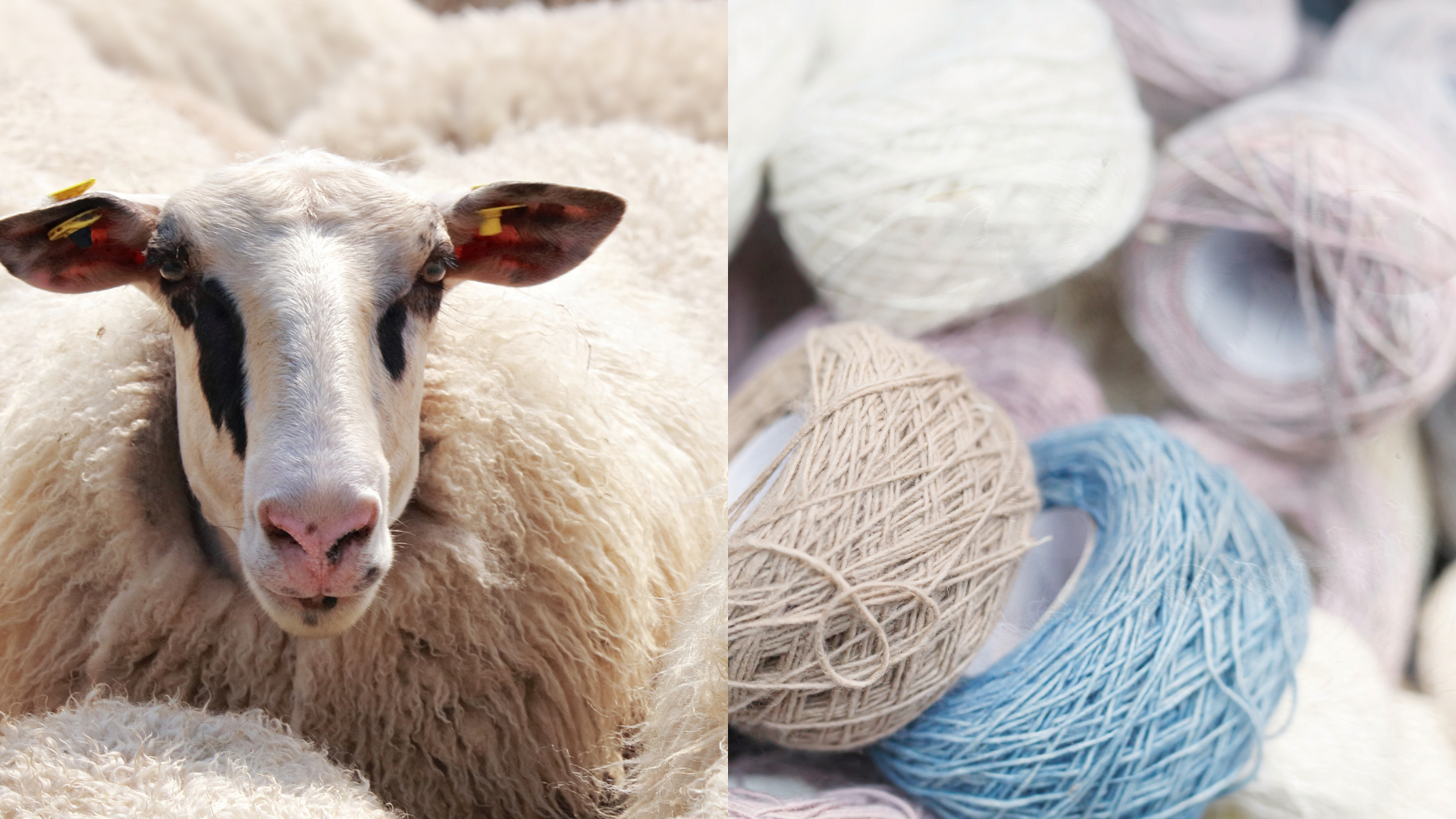Known for its warmth, comfort, and timeless appeal, wool has been a beloved choice for winter clothing for centuries. In this article, we'll dive into the world of wool, exploring its various types, production, and the pros and cons of wearing this natural wonder. We'll also address some of the controversies surrounding wool production, all while sharing fascinating facts about this versatile fiber.
Types of Wool
Wool is typically associated with sheep, but it's important to note that other animals contribute to the world of wool as well. Cashmere and mohair come from goats, qiviut from musk oxen, and angora from rabbits. Each type of wool has its unique characteristics, making it suitable for various styles and preferences.
- Long Wool: These wool fibers come from long-wool sheep breeds, producing heavy fleeces that are easy for hand spinners to work with.
- Medium Wool: Medium wool, found in breeds like Merino, may not be as valuable as fine wool but is perfect for blankets, sweaters, and socks.
- Fine Wool: Known for its smaller fiber diameter, fine wool is the cream of the crop, resulting in garments that are less likely to itch.
Global Wool Production
The world produces an astonishing 1.16 million kilograms of wool each year. Australia leads the pack with more than 276 thousand kilograms, followed by China, Russia, New Zealand, and others. While China is the largest producer and consumer of wool, Australia dominates the market when it comes to high-quality Merino wool.
The Benefits of Wool
Wool has a multitude of advantages for fashion enthusiasts:
- Warmth: Wool's natural insulation keeps you cozy in the coldest of winters.
- Lightweight: Despite its warmth, wool is surprisingly light, making it easy to wear.
- Absorbent and Dyes Well: Wool can absorb moisture without feeling damp and takes on dye beautifully, offering a vast array of color options.
- Durable: Wool garments are built to last, standing the test of time.
- Tailorable: Wool is highly tailorable, ensuring a perfect fit for any fashion piece.
- Recyclable: Worried about sustainability? Wool is recyclable, reducing its environmental impact.
The Downsides of Wool
While wool is a beloved fabric, it's not without its drawbacks:
- Moth Vulnerability: Wool is a favorite target for moths, so proper storage is essential.
- Shrinkage: Exposure to heat and moisture can cause wool to shrink.
- Dry Cleaning Required: Many wool garments require dry cleaning, which can be inconvenient.
- Odor Absorption: Wool can absorb odors, so proper care is essential to keep it smelling fresh.
- Itchiness: Some individuals find wool garments scratchy against the skin.
- Weakening When Wet: Wool loses some of its strength when wet, so avoid getting caught in the rain without protection.
- Sensitivity to Bleach and Perspiration: Be cautious with bleach and perspiration, as they can harm wool fibers.
Controversies Surrounding Wool
Wool production isn't without controversy:
- Animal Welfare: Some practices, such as mulesing in Australia, raise concerns about sheep's well-being.
- Premature Shearing: Timing is crucial, and premature shearing can lead to sun exposure-related sheep deaths.
- Worker Welfare: Shearers often work at a grueling pace, with payment based on volume rather than hours, raising concerns for both human and animal welfare.
Fascinating Facts
Here are some intriguing tidbits about wool:
- A single sheep can produce anywhere from 2 to 30 pounds of wool annually.
- Sheep are usually shorn once a year, though in some regions, it may happen up to three times annually.
- Wool represents only 3% of global fiber production but plays a crucial role in economies worldwide.
- Global wool production reaches approximately 2 million tonnes per year, with 60% destined for apparel.
Wool is a fabric that transcends time and fashion trends. Its warmth, versatility, and sustainability make it a top choice for winter clothing. However, it's essential to be aware of the controversies surrounding wool production and take steps to support ethical and sustainable practices. So, this winter, embrace the cozy comfort of wool while staying informed about its impact on both the fashion world and the environment.


